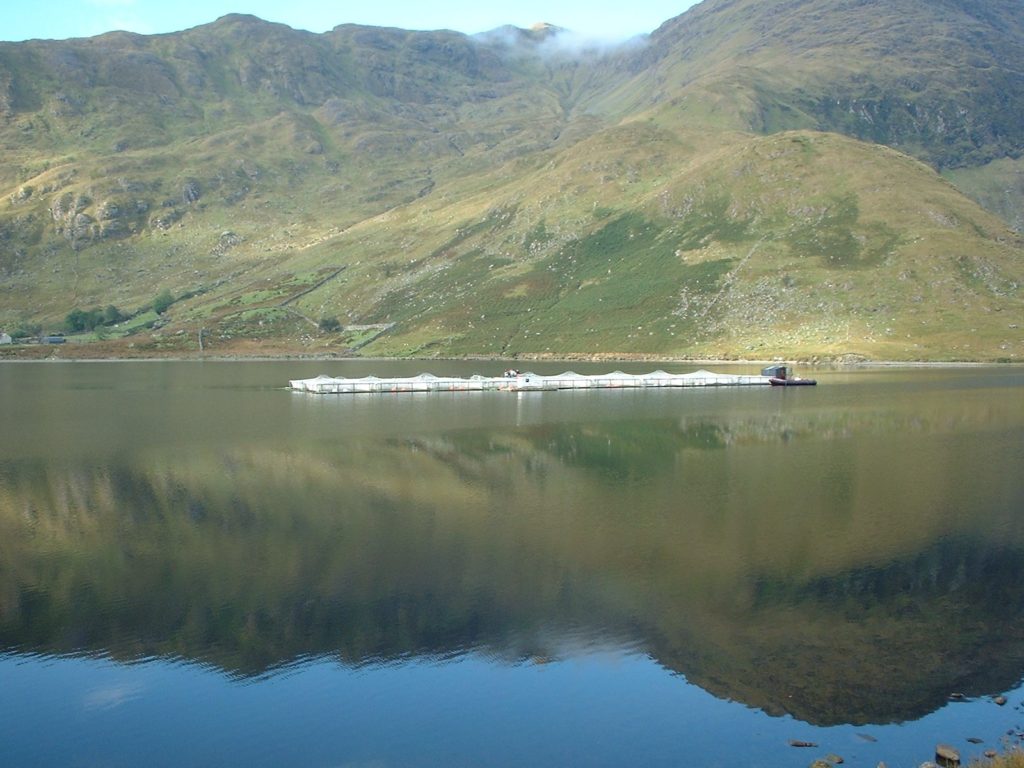The use of models to manage aquaculture production in freshwater loch (lake) systems in Scotland.

The Scottish freshwater loch (lake) case study of the TAPAS project is led by the University of Stirling and aims to investigate the use of models to manage aquaculture production in freshwater loch systems in Scotland. In Scotland there are many freshwater lochs that are used for salmonid aquaculture. Atlantic salmon (Salmo salar) is the dominant species farmed in these systems but as Atlantic salmon is a diadromous fish, the freshwater lochs are only used for one stage of the production cycle. After early stages of development have taken place in a land-based hatchery, cages in freshwater lochs are used for on-growing until the smolts are ready to be transferred to marine cages. Other salmonids that can be produced in freshwater cage systems in these lochs include trout (Onchorynchus mykiss and Salmo trutta) and Arctic charr (Salvelinus alpinus). The loch systems in Scotland can be large, with several different farms operating in the water body, or smaller with a single farm.
This case study will be used to investigate the efficacy and usage of commonly used carrying capacity models for lake systems. In particular, models used to estimate and predict phosphorus loading and the consequences for the environment are being evaluated. Phosphorus is the main limiting nutrient in freshwater systems. A range of different loch systems from simple to complex are being considered as part of this work. The main outcomes of the freshwater loch case study in Scotland are associated with Work Package 5 (Near-field models for regulation and site selection). The research team will test the appropriateness of models that are currently used for regulatory purpose and evaluate alternative approaches. The modelling approaches can also be included in WP 8 (Aquaculture Sustainability Toolbox).


